Markforged, one of the most popular brands in carbon fiber FDM 3D printing, just unveiled its latest addition to the lineup, the FX10. With an existing menu of seven carbon fiber FDM 3D printers, the natural question arises: What sets the FX10 apart?
That was our first question to the Markforged folks during the launch of the new FX10 at the recent Formnext Expo in Frankfurt, Germany. The new FX10, a continuous carbon fiber 3D printer, is a machine Markforged calls the “most advanced printer” they’ve ever built. But what does that mean for users, and how does it fit into the existing ecosystem?
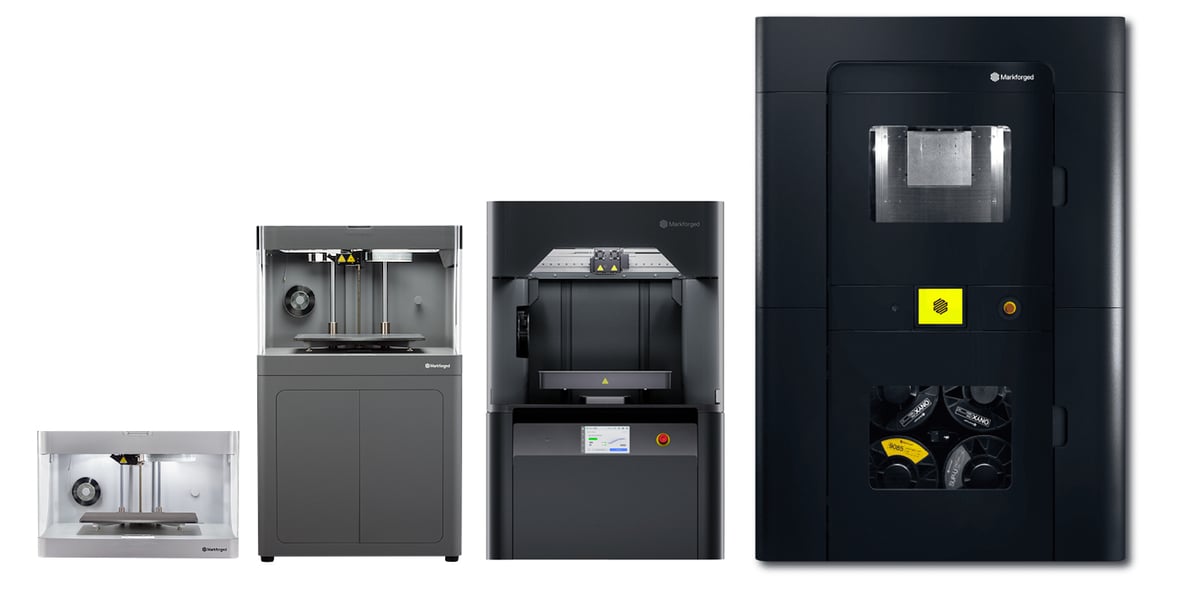
In our lab at All3DP, we have (and love) the desktop Markforged continuous carbon 3D printer, the Mark Two Gen 2. We know the X7, which came out in 2016, is the benchtop version for the production floor, and the FX20, which debuted in 2021, is the high-temp aerospace/heavy industry version. So what application is the FX10 addressing?
Unveiling the FX10: A Workhorse for Industrial Applications
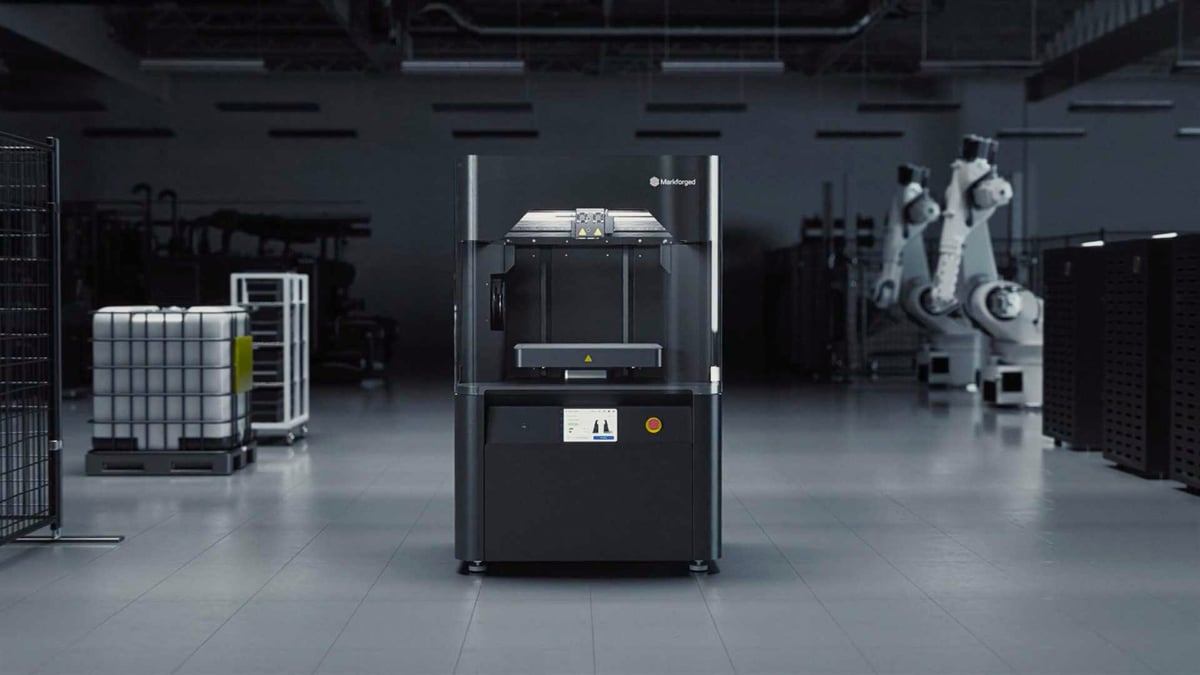
As the eighth printer in Markforged’s portfolio, the FX10 is the company’s factory-line workhorse aimed at applications at automakers, manufacturers, and factory locations for fabricating end-use spare parts, tools, jigs, and fixtures, the company says. The sole objective is “to deliver strong, accurate parts every print” with minimal manual intervention. It’s the ambition of every industrial 3D printer, yet challenging to deliver.
The FX10 enters the landscape at a time when industrial 3D printing is transitioning out of the engineers’ office and onto the factory floor, where it’s used by various employees all day long. Today, automakers and factories are rapidly adopting industrial 3D printing to fabricate unique parts that were previously milled or cast out of aluminum or other materials.
This evolving application came with new challenges, including overcoming machine complexity and frequent manual intervention to change materials and monitor for maintenance needs. Also, with more 3D printed tools and fixtures entering the daily work stream, a heightened need for a fabrication verification process emerged for parts to consistently meet stringent factory floor requirements.
The FX10, Markforged says, offers the carbon fiber print quality and speed manufacturers are accustomed to with new features that address these factory floor hurdles.
In many ways, the X7 and the FX10 address a similar need, have a similar build volume, and are both continuous carbon fiber 3D printers. But the FX10 picks up where the X7 left off. Markforged says it pushed the X7 hardware as far as it could go.
“[The] X7 is a great machine for any manufacturing customer, but it doesn’t hold a candle to FX10,” says Markforged, “which we view as our additive manufacturing platform for the next decade.”
The FX10 is twice as fast as the X7, and what makes the FX10 really stand out from all other Markforged 3D printers is a series of new innovations covering sensors, software, and hardware for more reliable and automated operation.
Let’s take a closer look under the hood.
Beyond the Surface: Understanding FX10's Sensor Integration
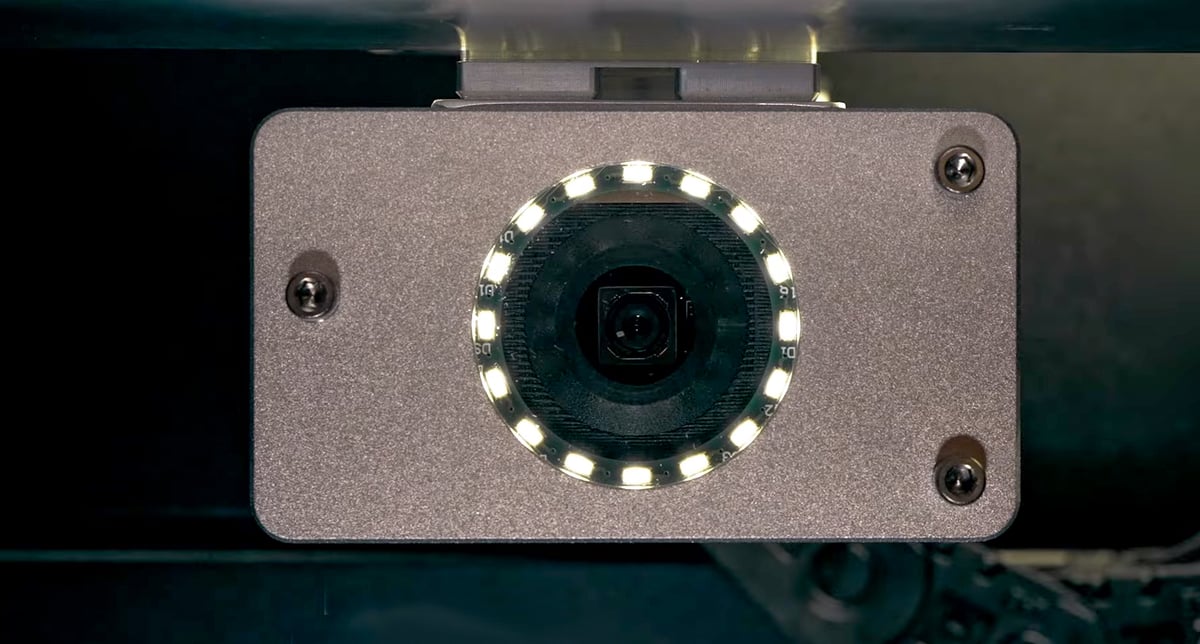
As a “workhorse” printer, the FX10, like the X7, is meant to take the pounding of constant use. Routine maintenance, calibration, and replacing parts had required an operator to recognize wear and tear. Now, with new sensors, the goal, according to the company, is to be able to fully understand the machine state at any point in time.
Multiple sensors are placed throughout the machine, including positional sensors, extrusion system sensors, sensors for nozzle touchoffs, thermal sensors, and others. These enabled faster and more targeted maintenance to keep the machine running smoothly.
The key feature of this monitoring system is the new Vision Module. This is a high-resolution camera with a ring of LEDs mounted on the backside of the FX10 gantry. It is not intended to be used by operators to manually view the build chamber — the FX10 has another camera mounted in the top corner of the gantry for that. Instead, it’s meant to capture high-resolution images that Markforged analyzes using computer vision and machine learning to derive data about how your device is printing. The Vision Module will power a “Device Health Check ” utility to ensure the printer is performing up to standards.
For government and aerospace customers who cannot have a camera on their machine, it can be easily disabled and removed from the machine without affecting performance, Markforged says.
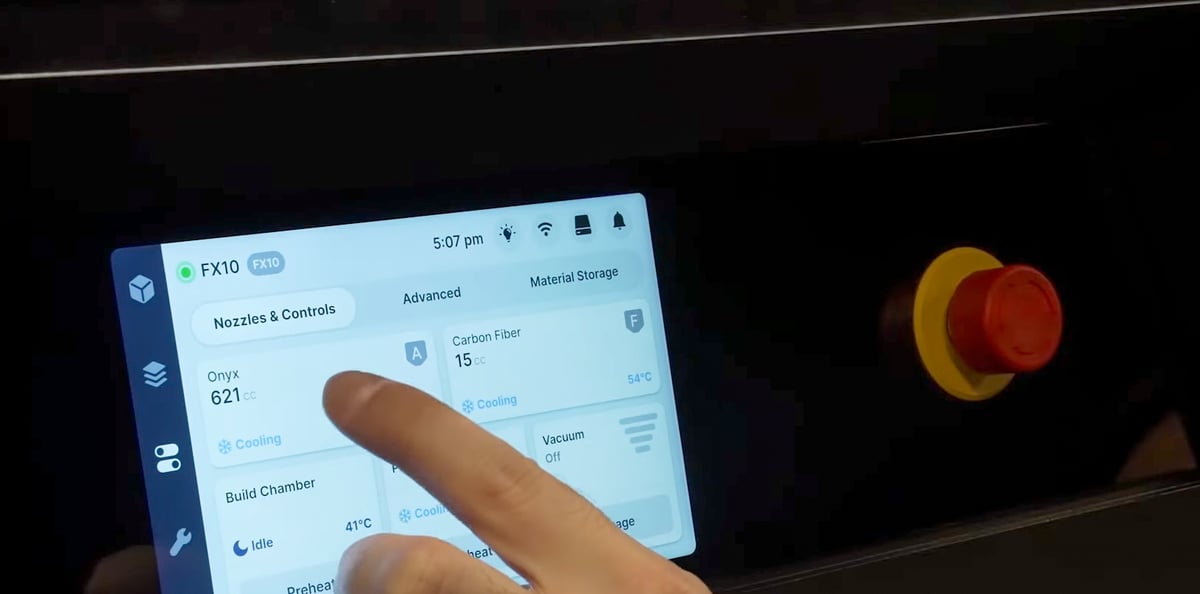
The Vision Module is planned to do much more. Although Markforged is careful about what it can promise for the future, it did reveal that it’s planning to generalize the health check from a specific calibration part to use in general printing. With this enabled, users can just run the machine normally and it will give regular feedback on its performance just based on printing. For customers, this will have the effect of having all the printing know-how of a Markforged engineer built into their device, Markforged says.
Down the road, data from the Vision Module and other sensors could feed into Markforged’s Inspection software, helping users automatically verify their print performance in more ways than dimensional accuracy.
Another new sensor on the FX10 automates material changeover so printing can progress uninterrupted by material run out, unless all four filament bays of the machine are empty.
In addition to the sensors, the FX printers (FX10 and FX20) are built on an entirely new device operating system. This operating system unlocks the ability to collect and parse more data than any previous Markforged machine.
Speed & the FX10's Technical Advancements
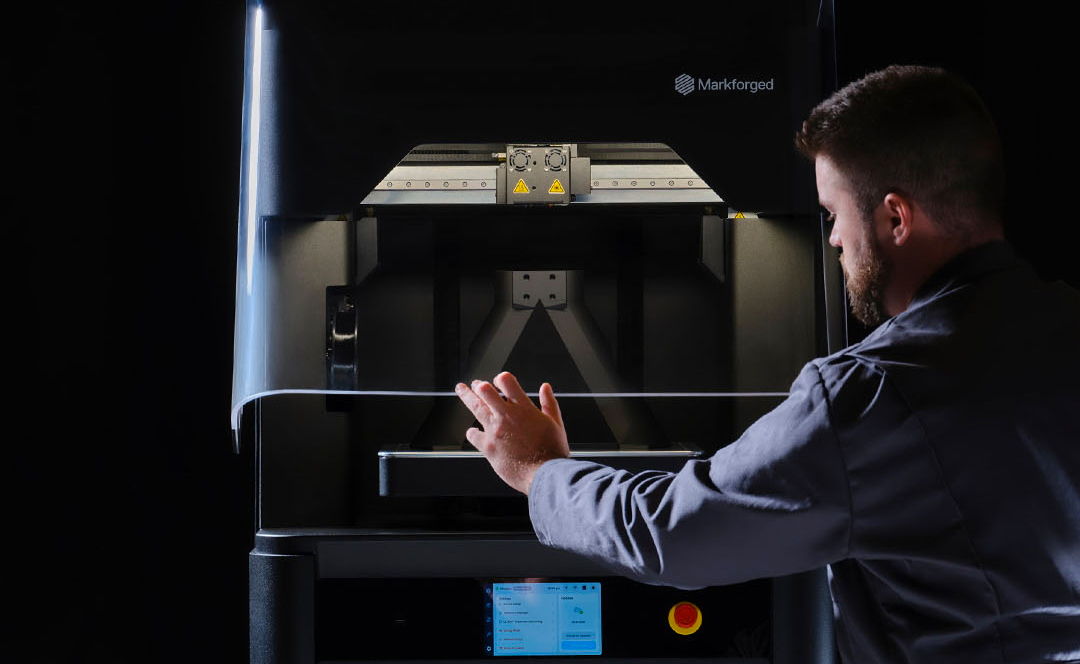
The X7 and the FX10 both print with Onyx, Markforged’s proprietary nylon material, but the FX10 has a heated chamber ( to 60°C), which is part of the reason it prints two times faster. But it’s far from the only reason.
FX10 has a slew of innovations that enable us to ratchet up its speed without sacrificing print quality, the company says, including a new proprietary print file format that gives the device more detailed instructions than old files or G-code; a stiffer, stronger gantry with more powerful motors and a CoreXY motion system that means the FX10 can move faster while maintaining precision; and a direct drive extruder and new extrusion system design.
During the development of all of this new hardware, Markforged realized the potential for even more speed with more system design innovations. That’s why the FX10 is modular. Customers will be able to upgrade several machine systems as they advance to support more speed and throughput.
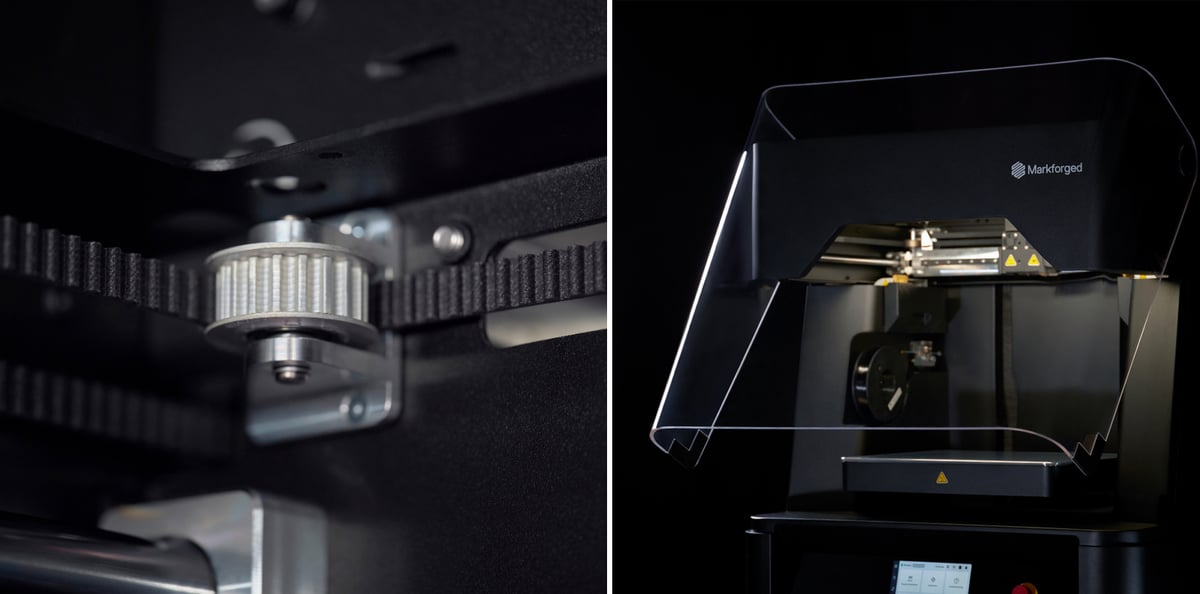
In fact, the FX10 was explicitly designed to be extensible, which means that new print heads, modes, materials, and features will be available going forward. “From a business perspective, what that enables us to do is listen to customers and let them shape how we improve, transform, and expand the capabilities of this machine over time,” says Markforged.
Software Integration: The FX10's Interface with Eiger and Digital Forge
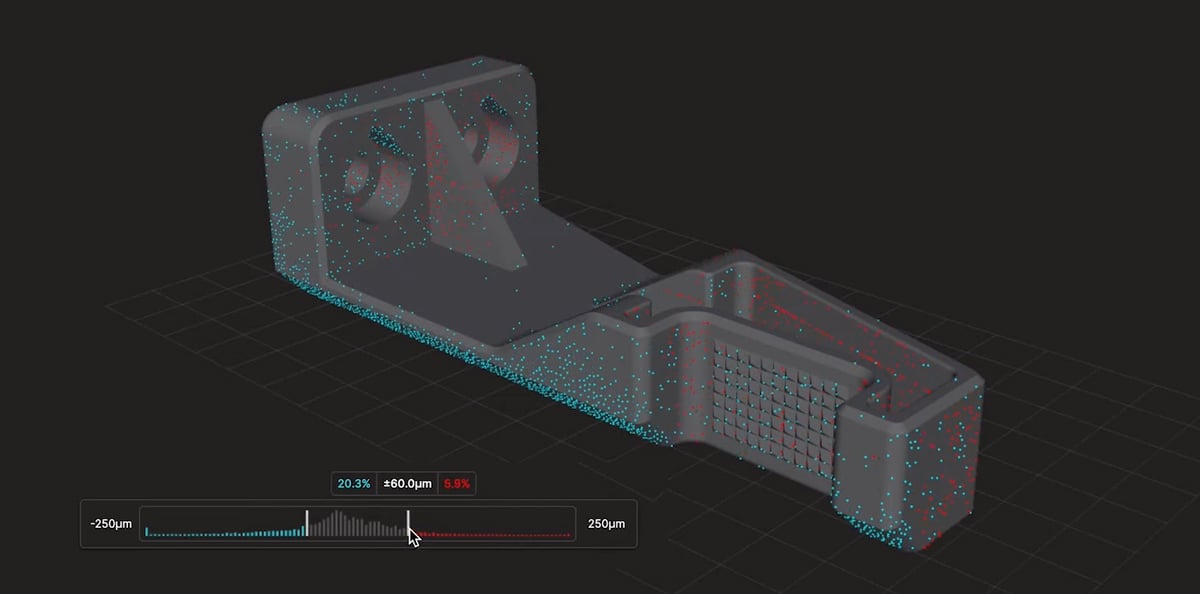
From a software standpoint, the FX10 operates with Eiger software that includes optional subscriptions to the Digital Forge platforms, enabling simulation and inspection modules. Inspection is the software formerly known as Blacksmith while Simulation is a separate piece of software from the acquisition and integration of Teton Simulation in 2022. Simulation helps users verify part performance while Inspection is related to print performance.
With Inspection, the FX10’s laser scanning ability scans your parts as they print, connecting part design, production, and quality control. Inspection-enabled devices detect when a print has failed and automatically pauses the print for user review. You can then download customizable scan reports with clear pass/fail analysis.
Specs, Price & Where to Buy
Technical Specs
Where to Buy
Reach out to Markforged directly via the link below to ask for your closest Markforged distributor.
License: The text of "Inside the FX10: Markforged’s New Next-Gen FDM 3D Printer" by All3DP Pro is licensed under a Creative Commons Attribution 4.0 International License.